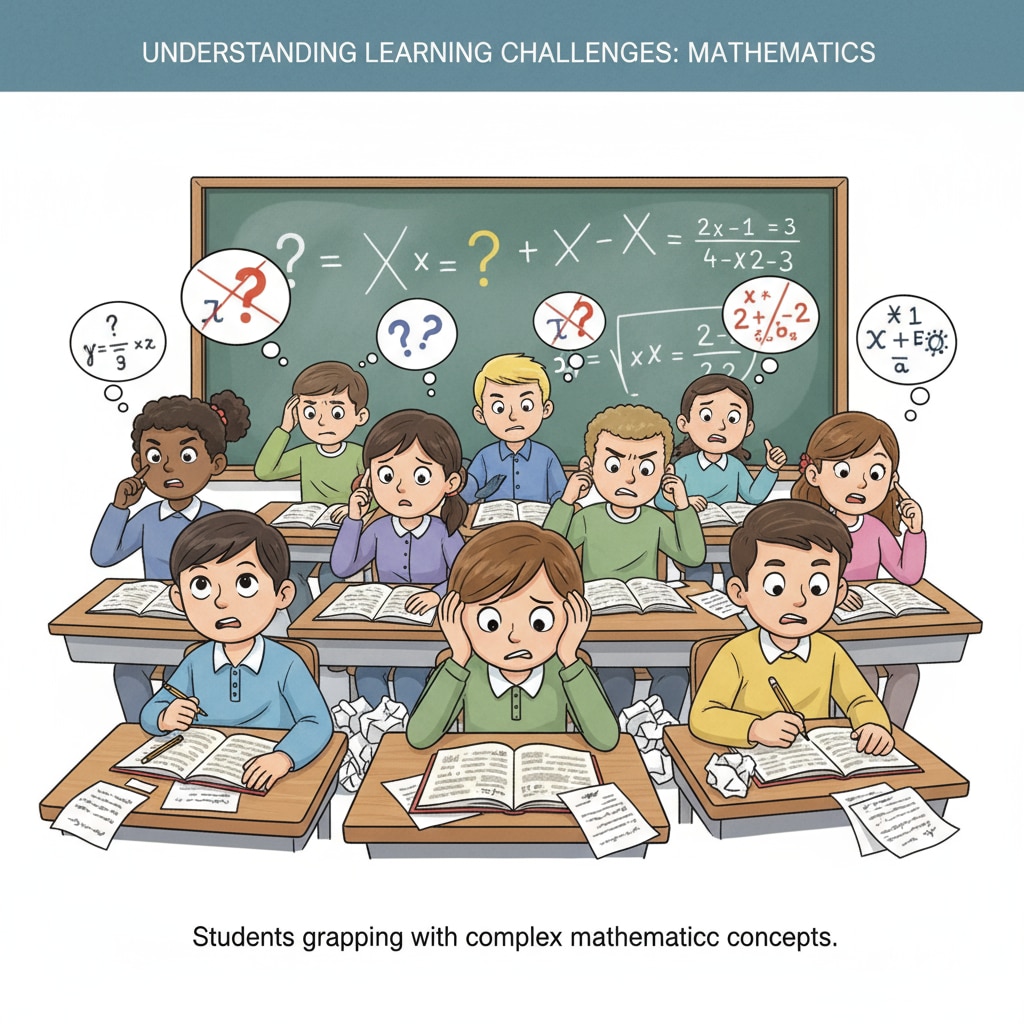Learning difficulties, mental exhaustion, and self-loathing are prevalent issues among K12 students. These “invisible wounds” often go unnoticed, silently eroding a student’s confidence and enthusiasm for learning. In this article, we will explore the psychological impact of learning disabilities and provide strategies for educators and parents to help these students overcome their challenges.

The Burden of Learning Difficulties
Learning difficulties can manifest in various ways, such as problems with reading, writing, math, or attention. Students with learning disabilities may struggle to keep up with their peers, leading to feelings of frustration, inadequacy, and self-doubt. These negative emotions can quickly snowball into a cycle of self-loathing and mental exhaustion, as students constantly compare themselves to others and feel like they are falling short.
The Toll on Mental Health
Mental exhaustion is a common consequence of struggling with learning difficulties. Students may feel overwhelmed by the amount of effort required to keep up, leading to feelings of burnout and fatigue. This can further exacerbate their learning problems, as they may have less energy and motivation to engage in schoolwork. Self-loathing can also develop as students internalize their feelings of failure and inadequacy, leading to a negative self-image and low self-esteem.

It’s important for educators and parents to recognize the signs of learning difficulties and mental distress in students. By providing early intervention and support, we can help these students overcome their challenges and build the confidence they need to succeed.
Readability guidance: Use short paragraphs and lists to summarize key points. Provide a list under each H2. Control the proportion of passive voice and long sentences. Incorporate transitional words (however, therefore, in addition, for example, as a result, etc.) throughout the text.


